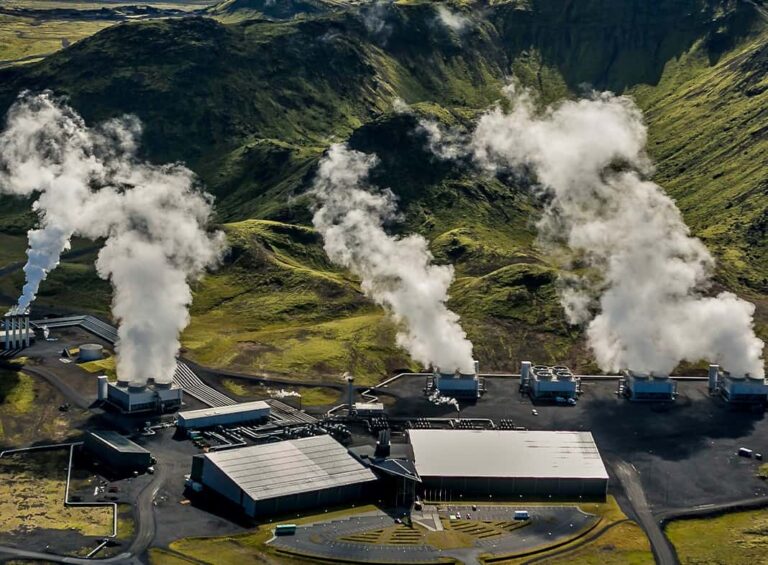Climate engineering, also known as geoengineering, describes a diverse range of technologies proposed to attempt to counteract on a planetary scale the causes and effects of climate change and in particular global warming.
It is not to be confused with technologies for local weather modification, such as cloud seeding to promote precipitation or various techniques for dispersing fog.
The broad categories of technologies into which climate engineering can be classified are two. Firstly, the reduction of incident solar radiation (SRM – Solar Radiation Management). And secondly, the removal of carbon dioxide from the atmosphere (CDR – Carbon Dioxide Removal).
Table of Contents
How climate engineering reduces solar radiation (SRM)
In climate engineering, the management of incident solar radiation aims to reduce the amount of heat the Earth receives from the Sun so as to offset the excess energy retained by greenhouse gases. This methodology has the name of Solar Radiation Management or SRM.
To achieve such a result, some studies propose scattering special substances in the atmosphere, capable of reflecting solar radiation and thus limiting the amount of energy reaching the Earth’s surface.
It would, therefore, be a matter of replicating what nature has already done through large volcanic eruptions. But, with more efficient substances capable of temporarily cooling the planet by spreading huge amounts of material into the atmosphere.
Indeed, during the most intense and explosive eruptions, huge amounts of dust, ash and gases are expelled, some of which, such as sulfur dioxide, reflect solar radiation very efficiently.
Read also: Is the limit of 1.5 degrees for global warming realistic and achievable?
How climate engineering removes CO2 (CDR)
CO2 removal (Carbon Dioxide Removal) technologies, on the other hand, seek to remove or reduce what are, according to climatological studies, the main culprits of climate change. Namely the “climate-changing” gases. These include carbon dioxide, methane, and many others such as ozone and nitrous oxide that cause an excessive greenhouse effect.
There are numerous strategies to reduce CO2. Among the most common are reforestation and land use management, as well as biofuel generation with carbon dioxide capture and sequestration.
Added to these are biomass management by CO2 sequestration (biochar production or other techniques), accelerated leaching of carbonate sedimentary rocks, and fertilization of oceanic algae via nutrients.
As part of the world’s efforts to reduce atmospheric carbon dioxide concentrations, moreover, a number of plants are already operating. Through which, large quantities of carbon dioxide are removed from the atmosphere. Orca is one of the newest of these CO2 removal plants.
What is Orca: the Icelandic plant that removes CO2
The plant, named Orca after the Icelandic word “orka,” meaning “energy,” was built in the Hellisheidi geothermal park, not far from the capital Reykjavik, by the Swiss company Climeworks.
It is the largest plant in the world capable of removing CO2 from the atmosphere. Orca is able to capture carbon dioxide from the atmosphere and crystallize it through mineralization of the gas. Which is then injected at a depth of about one kilometer.
Specifically, the plant consists of four absorption units, each consisting of two large metal collectors, each capable of capturing 500 tons of carbon dioxide per year. These collectors lie around the control room, which contains the components responsible for managing the entire system.
To capture carbon dioxide, each unit uses a powerful fan to draw air into a manifold, where it comes into contact with filter and selective materials. At this point the collector is off and the temperature rises from 80 to 100 degrees Celsius. This is a condition that promotes the separation of CO2. Which can then be collected. Finally, the carbon dioxide goes to underground manifolds where the mineralization process takes place.
The machines used can accurately calculate the amount of carbon dioxide captured and converted to minerals. Orca removes about 4,000 tons of carbon dioxide from the atmosphere each year. A figure that, according to calculations made by the U.S. Environmental Protection Agency, would be equivalent to the emissions of 870 cars.
Read also: Which countries are the world’s big polluters, and their measures to curb emissions












